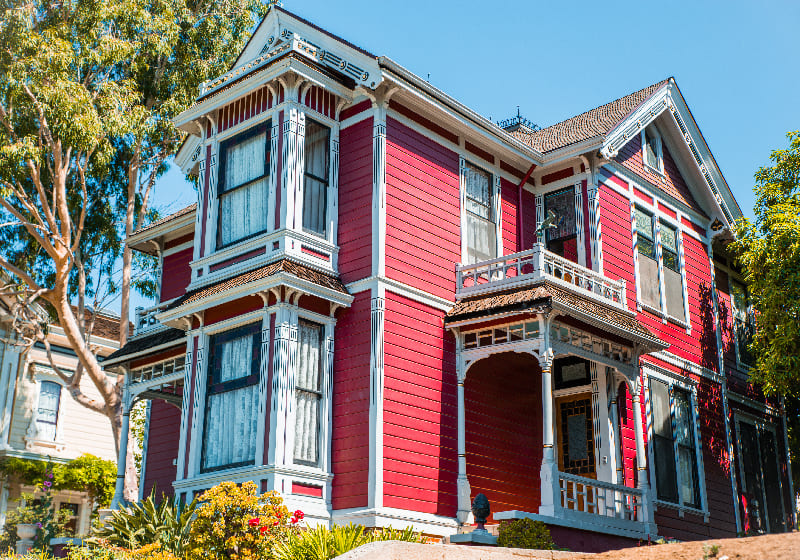Older homes can be like time capsules of an era gone by. From their captivating exterior designs to their beautiful craftsmanship inside, it’s easy to see why people snatch these properties up. Yet with all the bells and whistles that can come with an old house, they also come with various problems. Although newer homes can succumb to these same issues, they can pose more of a threat to an older home.
Renovations Can Take Longer
Doing renovations on an older house isn’t as simple as working on a newer construction. Repairs and replacements must be done with an extreme amount of care to avoid damage. Having to be extra careful can extend the timeline of different renovations, causing them to take longer than average. The longer a project goes on, the more money you may be on the hook for.
Renovations May Need Approval
In addition to being cautious of your home when making repairs, you might have to follow stricter guidelines. Houses that are deemed historical markers or are part of a historical society are limited in terms of what can be changed. If you fail to follow these rules, you could land yourself in hot water. You might also need a committee’s approval to make changes, and even then, not everything could be signed off on. Always be sure to check what you can do, when you have the greenlight to start and if there’s a list of recommended professionals you’ll need to work with. The committee may require you to work with a contractor who specializes in older home repairs and renovations.
Common Problems
Historical homes have a number of common issues that you could run into as a homeowner. Some similarities can be seen between problems that newer homes have, but remember that damage to older homes tends to be more extensive. These include:
Restoring vs. Rehabilitating vs. Preservation vs. Reconstruction
There are several different options to choose from when working on your old home. It’s important to know the meaning of each of the following terms when deciding on how to best move forward with your plans. While the meanings are similar, there are subtle, but important differences.
Preventative Care
The good news is that the majority of problems in your home can be resolved. New insulation, caulking, weatherproofing, some masonry and other work will get rid of many of your housing headaches. Once you have fixed them, it’s important to not let them regress again. Check up on any fixes semi-annually or annually and look for any signs of deterioration. If you do catch something early enough, it could be covered by a warranty and be fixed at no cost to you.
Know Your Home
Whatever path you choose for your home, taking the time to know its past can play a key role. You will get to know the rich history of your property, and be provided with a blueprint of it as well. This will help you in choosing the correct materials when building to prolong the life and looks of your home. Plus, you may realize the little quirks like a misfit door or window don’t actually need fixing–instead you may come to see them as adding to your home’s character!
Call NPI before You Buy
If you are looking to buy a home of any age or size, don’t hesitate to get a professional home inspection. Buying a house is a major step, and National Property Inspections helps you get the most out of your investment. Find your local inspector and schedule an inspection today.



